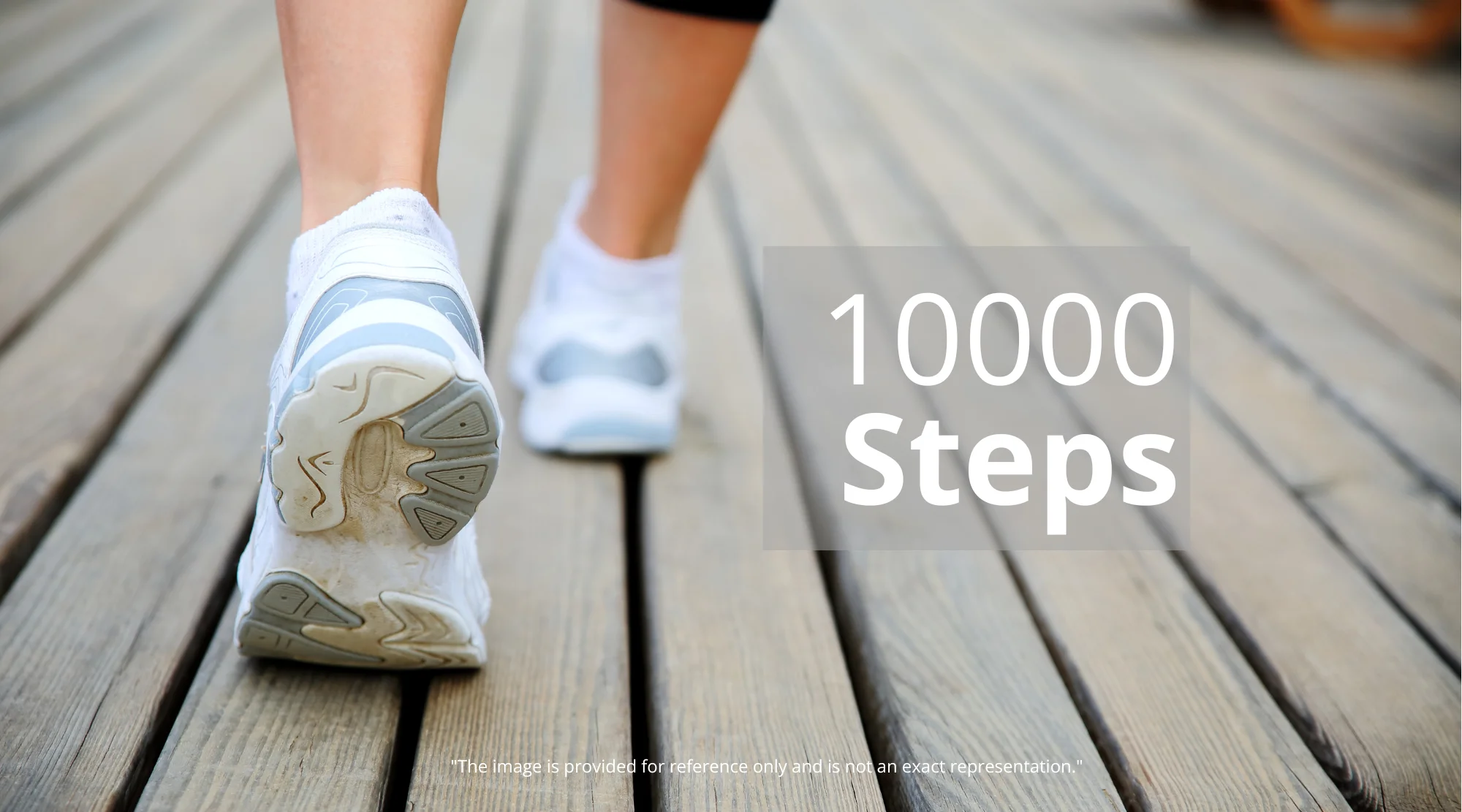The original content is about the surprising benefits of exercise on blood sugar regulation. Here is the new article:
In the battle for optimal health, the best exercises to regulate blood sugar often top the list of questions. While many assume that intense workouts are the only way to achieve these benefits, the truth might surprise you. Discover how everyday activities, and strategic choices, can significantly impact your glucose levels and overall well-being.
The Unexpected Power of Exercise on Blood Sugar
Maintaining healthy blood sugar levels is crucial for preventing type 2 diabetes and other metabolic issues. But understanding how exercise influences glucose metabolism is key. Think of your muscles as sponges, constantly soaking up glucose from your bloodstream. Exercise enhances this process, making your body more efficient at utilizing glucose for energy. This effect not only helps to control blood sugar spikes but also boosts insulin sensitivity.
Walking vs. Squats: Unpacking the Metabolic Dynamics
The original content emphasizes the benefits of activity that produces lactate, a compound produced by muscles, in improving the uptake of glucose.

Walking and squats are two fundamentally different exercises, each presenting unique advantages. Squats, being a resistance exercise, demand more energy and build muscle mass. Walking, on the other hand, is a low-impact aerobic activity that is accessible to most people. The crucial difference lies in their metabolic impact. Squats, particularly if performed with intensity, often lead to a greater production of lactate. This can be a key player in improving the uptake of glucose and enhancing insulin sensitivity.
However, the benefits of walking should not be underestimated. Regular brisk walking can still improve insulin sensitivity and blood sugar control. The best choice for you depends on your fitness level, goals, and preferences. Considering your body’s unique response to these different exercises will help you tailor your fitness routine for optimal blood sugar management.
Lactate: The Metabolic Superhero
The key to understanding how exercise affects blood sugar lies in the role of lactate, a compound frequently produced during physical activity. Traditionally seen as a mere byproduct of exercise, lactate now emerges as a pivotal player in metabolic processes.
Lactate signals muscles to enhance their capacity to absorb glucose. This signaling process leads to an increased number of glucose transporters (GLUT4) on the muscle cell surface. These transporters are essentially the ‘doors’ through which glucose enters the muscle cells. Lactate, therefore, directly facilitates glucose uptake, pulling it from the bloodstream. This action is vital for reducing blood sugar levels and improving insulin sensitivity.
Beyond Exercise: Diet and Lifestyle Synergies
Exercise is just one part of the puzzle. For truly effective blood sugar management, it must be combined with a well-rounded approach. The nutritional choices you make, the amount of sleep you get, and stress management techniques all play significant roles.
A balanced diet rich in fiber, lean proteins, and healthy fats is essential. Consider reducing your intake of processed foods and added sugars. Prioritize adequate sleep, as sleep deprivation can impair glucose metabolism. Practicing stress-reducing activities such as meditation or yoga can also have a positive impact. [Link to the article, “Health Habits to Ditch Now: Expert Tips for a Healthier You: https://befullbehealth.com/2025/health-habits-to-ditch-now-expert-tips-for-a-healthier-you/”]
Optimizing Your Workout Routine
To maximize the blood sugar-regulating effects of your workout routine, consider these strategies:
- Mix it up: Incorporate a variety of exercises, including resistance training (like squats) and aerobic activities (like walking).
- Track your progress: Monitor your blood sugar levels before and after exercise to understand your body’s response.
- Consistency: Regular exercise is key. Aim for consistent physical activity most days of the week.
- Listen to your body: Pay attention to any signs of overtraining or discomfort and adjust your routine accordingly.
- Consult with a professional: Before starting any new exercise program, particularly if you have any underlying health conditions, consult with a healthcare professional. This ensures the exercises are appropriate for you and your specific health needs.
Walking as a Cornerstone of Glucose Control
Walking, often underestimated, plays a crucial role in managing blood sugar. It is a low-impact activity that can be integrated seamlessly into daily life. Even a short walk after meals can significantly impact glucose levels.
A brisk walk helps improve insulin sensitivity, meaning your body becomes better at using insulin to transport glucose from the blood into the cells. This action helps prevent blood sugar spikes, especially after meals. Aim for at least 30 minutes of brisk walking most days of the week. [Link to the article, “30-Minute Walking Workout: Maximize Calorie Burn and Boost Joint Mobility: https://befullbehealth.com/2025/30-minute-walking-workout-maximize-calorie-burn-and-boost-joint-mobility/”]
Building Muscle for Better Blood Sugar Management
Resistance training, such as squats, has a profound impact on blood sugar regulation. These exercises build muscle mass, which increases your body’s capacity to store glucose. Muscles act as a major glucose reservoir, reducing blood sugar levels more efficiently.
As you build muscle, you enhance your metabolism and insulin sensitivity. Resistance training also boosts your overall metabolic rate, leading to a more efficient and effective way to regulate blood sugar levels.
The Combined Power of Exercise and Diet
Combining exercise with dietary adjustments is essential for optimal blood sugar control. Focus on a diet that complements your exercise routine.
Prioritize whole foods such as vegetables, fruits, lean proteins, and whole grains. These foods provide essential nutrients and fiber, which help regulate blood sugar. Limit your intake of processed foods, sugary drinks, and excessive carbohydrates.
Link to an external source about the importance of diet.
Monitoring Your Blood Sugar Levels
Regular monitoring of blood sugar levels is important. The results will help you and your healthcare provider fine-tune your diet, exercise, and medication, ensuring they align with your unique needs. The readings will give you a clear picture of how your lifestyle choices impact your blood sugar.
Tools such as continuous glucose monitors (CGMs) or finger-prick tests can offer valuable insights into how your blood sugar fluctuates throughout the day. These insights can help you to adjust your routine, ensuring it is most effective for you.
A Holistic Approach: The Mind-Body Connection
Blood sugar regulation is not just about physical exercise; it encompasses a holistic approach. This includes addressing the mind-body connection.
Chronic stress can significantly affect blood sugar levels. Engaging in activities like meditation, yoga, or other relaxation techniques can lower stress hormones and improve insulin sensitivity. These practices create an overall sense of well-being, contributing to better health outcomes. [Link to the article, “AI Therapy: 5 Expert Tips to Protect Your Mental Health While Using Chatbots: https://befullbehealth.com/2025/ai-therapy-5-expert-tips-to-protect-your-mental-health-while-using-chatbots/”]
Conclusion: Your Path to Blood Sugar Mastery
Managing blood sugar effectively isn’t about finding the “one-size-fits-all” solution. It’s about understanding your body, integrating different strategies, and adopting a long-term commitment to health. By combining strategic exercise choices, especially those that support muscle building and lactate production, with a balanced diet and lifestyle, you have the power to transform your health. Embrace the journey, stay consistent, and celebrate the progress you make towards a healthier, more vibr














1 comment